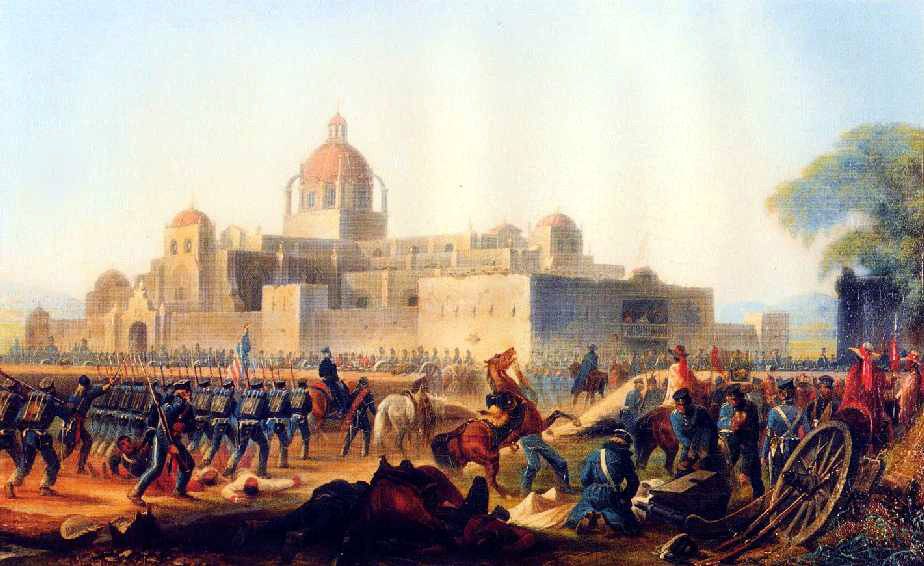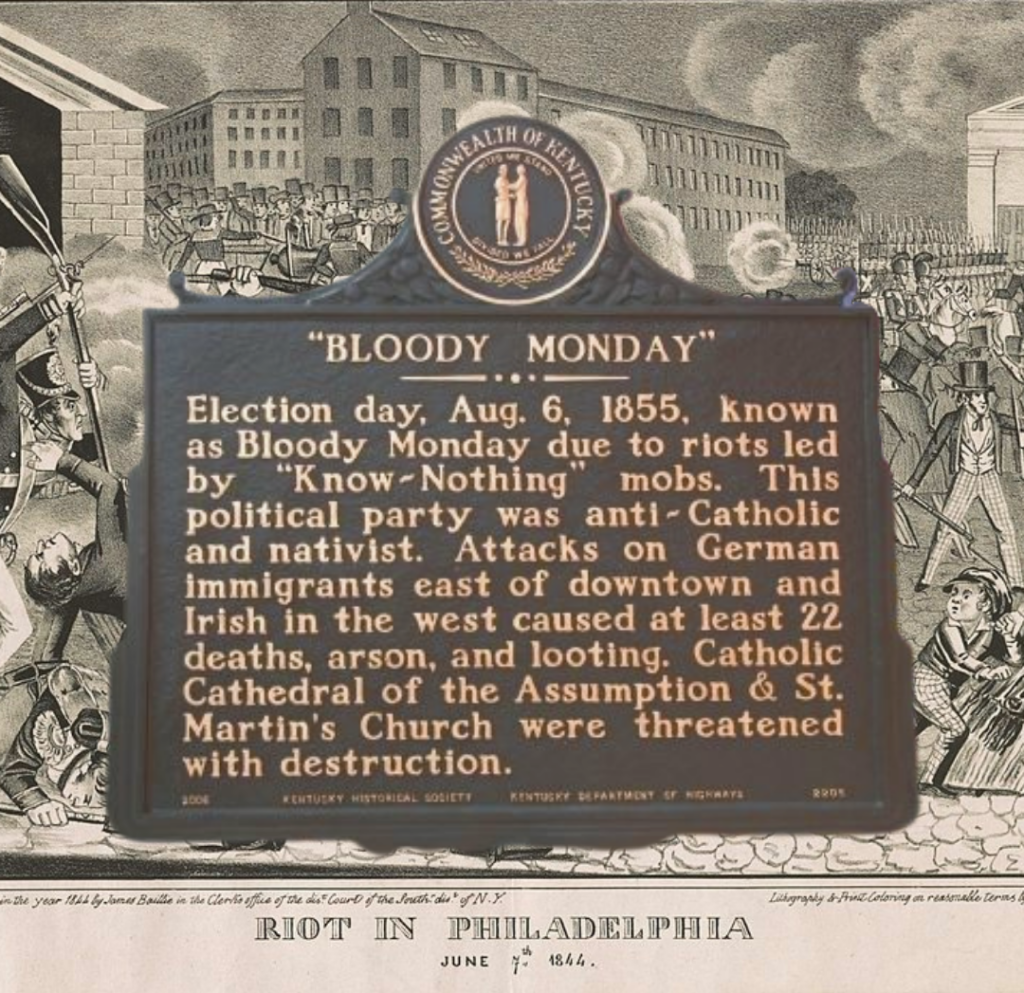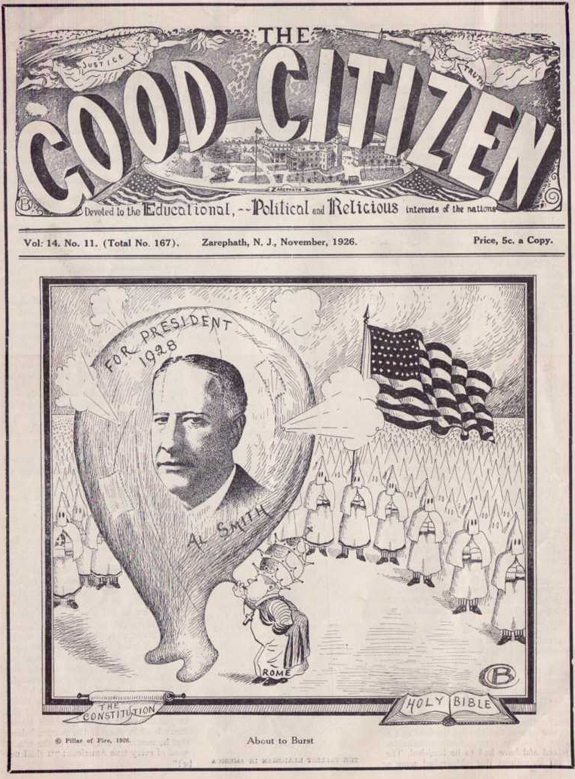The San Patricios: The Largest Mass Execution in U.S. History
The San Patricios were a group of Irish soldiers who fought as part of the Mexican Army during the Mexican-American War in 1846-1848. They were named after Saint Patrick, the patron saint of Ireland, whose feast day is celebrated each year with great honor by the Irish and those of Irish descent.
In the mid-19th century, many Irish people were living in the United States and faced discrimination and poverty. When the Mexican-American War broke out, some Irish soldiers who had joined the U.S. army defected and joined the Mexican army. They did so for a variety of reasons, including their opposition to the U.S. government’s policies towards Mexico, and their sympathy with the Mexican people’s struggle for independence and self-determination.
The San Patricios fought in several major battles during the war, including the Battle of Monterrey and the Battle of Churubusco. They were known for their bravery and skill in battle, and were often placed in the most dangerous positions on the battlefield.

After the war, many of the San Patricios were captured by the U.S. army and executed for desertion and treason. Their execution is referred to by some as the largest mass execution in U.S. history,[1] which occurred at a time of widespread hatred of both Irish immigrants and Catholics in America. Today, they are remembered as heroes in Mexico and Ireland, and their story is seen as an example of the struggle for justice and equality in the face of oppression at a time when political parties ran on overt anti-Catholicism.
The Anti-Catholicism of the Know-Nothing Party in the USA
The Know Nothing Party, also known as the American Party, was a political party in the United States during the mid-19th century, which was primarily active from the late 1840s to the mid-1850s. The party was nativist and anti-immigrant, with a focus on limiting immigration, particularly from Catholic countries like Ireland and Germany.
The Know Nothings believed that immigrants, especially Catholics, were a threat to American values and institutions, and that they were responsible for the social problems that existed in the country. They believed that Catholicism was incompatible with democracy and that Catholics owed allegiance to the Pope rather than to the United States.
The Know Nothings were known for their secrecy and their practice of responding to questions about their beliefs with the phrase “I know nothing.” They also sought to restrict political power and civil rights for Catholics and other immigrants, and advocated for laws that would require longer periods of residency before immigrants could become citizens.
In 1834 a Know Nothing mob burned down an Ursuline convent in Charleston, MA. Much of the hatred towards this convent was fueled by lies published in a book called Six Months in a Convent. This was their first recorded act of violence against Catholics, but there were many more. For example, 1844 saw terrible anti-Catholic riots in Philadelphia. They burned to ashes two churches: St. Michael’s and St. Augustine’s. The bishop even suspended Mass for fear of his flock’s physical safety. In 1851, they attacked a group of Sisters of Mercy in Providence, RI. 1853 brought Know Nothing riots and violence to Boston, Baltimore, Wheeling, Cincinnati, and St Louis. The following year, churches in Manchester, NH; Newark, NJ; Ellsworth, ME; Sidney, OH; and Galveston, TX were attacked and priests beaten. In 1855, Know Nothing nativists attacked German and Irish Catholics in Louisville, KY, leaving several dead and many injured. No one was convicted. This event has been coined “Bloody Monday.”

The party gained significant political influence in the mid-1850s, with members elected to Congress and even winning the governorship of several states. However, their influence waned in the years leading up to the Civil War, as the country’s attention turned to the issue of slavery. Ultimately, the party dissolved as its members either joined other political organizations or abandoned politics altogether. However, their anti-Catholic views would continue, as seen in the anti-Catholic smears against Al Smith.
Al Smith, the First American Catholic Presidential Candidate
Al Smith was the Catholic son of an Italian-American Civil War veteran and an Irish-American mother. As a member of the Democratic party, he served four terms as governor of New York. He was the first Catholic to win a major party nomination for president of the United States in 1928. His candidacy faced significant opposition from several groups, including:
- Protestants: Many Protestants at the time were suspicious of Catholics and viewed them as having divided loyalties between the United States and the Vatican. Some Protestant leaders denounced Smith’s candidacy and urged their followers not to vote for him. Many famous anti-Catholic attack editorials and graphics remain available online, showing the manifest anti-Catholicism our ancestors in the faith experienced in this country.
- Rural voters: Smith was seen as a symbol of urbanization and modernity, which alienated many rural voters who feared losing their traditional way of life to urbanization and industrialization. (Many Catholics were poor immigrants and could not afford to buy land and farms. They gravitated towards the industrialized cities where they could find unskilled factory jobs, as well as Catholic parishes with priests who spoke their mother tongue.)
- Southern Democrats: Many Southern Democrats were opposed to Smith’s candidacy because of his support for civil rights and his opposition to Prohibition, which they strongly supported. (Catholics do not have a teetotaler tradition. The abuse of alcohol is sinful, but alcohol in proper moderation is not immoral. Our Lord drank wine. Without wine we could not have the Holy Sacrifice of the Mass.[2])
- Anti-Catholic organizations: Several anti-Catholic organizations, such as the Ku Klux Klan, actively campaigned against Smith, accusing him of being under the control of the Pope and claiming that his election would be a threat to American values. The White Anglo-Saxon Protestant (WASP) KKK was viciously anti-immigrant and anti-Catholic.[3]
 Al Smith won the nomination of the Democratic Party and campaigned vigorously, but ultimately lost the election to Republican candidate Herbert Hoover. Smith’s candidacy, however, was a significant moment in American political history, breaking down barriers for Catholic and other minority candidates seeking major party nominations. As time went on, the Democratic Party abandoned Catholicism, essentially switching with the Republican Party.
Al Smith won the nomination of the Democratic Party and campaigned vigorously, but ultimately lost the election to Republican candidate Herbert Hoover. Smith’s candidacy, however, was a significant moment in American political history, breaking down barriers for Catholic and other minority candidates seeking major party nominations. As time went on, the Democratic Party abandoned Catholicism, essentially switching with the Republican Party.
These are but a few examples of the anti-Catholicism entrenched in the history of the United States. Many more examples could be cited in a more exhaustive treatment.
Pray to Our Lady for the Conversion of American Protestants
Let us pray for the conversion of American Protestants to the Catholic Faith and the end of their bigotry against the True Faith of Our Lord Jesus Christ:
O Mary, mother of mercy and refuge of sinners, we beseech Thee, be pleased to look with pitiful eyes upon poor heretics and schismatics.
Thou Who art the seat of wisdom, enlighten the minds that are miserably enfolded in the darkness of ignorance and sin, that they may clearly know that the Holy Catholic and Apostolic Roman Church is the one true Church of Jesus Christ, outside of which neither holiness nor salvation can be found.
Finish the work of their conversion by obtaining for them the grace to accept all the truths of our Holy Faith, and to submit themselves to the Supreme Roman Pontiff, the Vicar of Jesus Christ on earth; that so, being united with us in the sweet chains of divine charity, there may soon be one only fold under the same one Shepherd; and may we all, O glorious virgin, sing forever with exultation: Rejoice, O virgin Mary, Thou only hast destroyed all heresies in the whole world.
ENDNOTES:
[1] Fifty members of the San Patricios Battalion were executed by the U.S. Army. At that time it was called disgraceful, cruel, and barbaric. A minimum of 69 Native Americans were killed at Sand Creek (1864), about 300 Lakota were massacred at Wounded Knee (1890), and at least 357 in My Lai, Vietnam (1968). But there may be a distinction in formal terminology between such ‘massacres’ and ‘executions.’
[2] For more on this subject see “Drunkenness: A Disregarded Sin by Too Many Catholics.”
[3] It is interesting to note that despite their hatred of Catholics, the KKK stole the use of the Capirote from Catholics. The Capirote is extremely foreign to Americans as its usage by the anti-Catholic KKK has put the entire usage into negative light. The Capirote is a pointed hat that is used in Spanish culture during Holy Week. It is part of the uniform of some brotherhoods, including the Nazarenos and “Phariseos.” Traditionally, during the celebration of Holy Week in Mediterranean countries, “Penitentes” (i.e., people doing penance for their sins) would walk through the streets with pointed hats. It was a way of self-injury; however, they covered their faces so they wouldn’t be recognized and receive any earthly credit for their penances.




